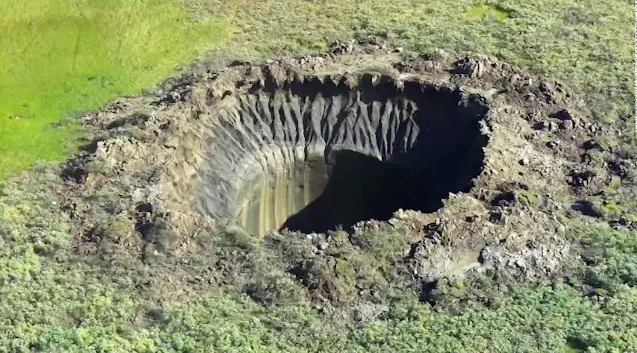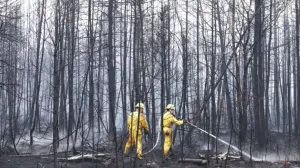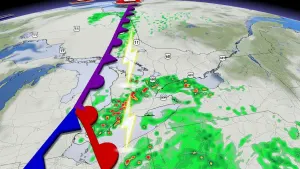
Enormous mystery sinkhole appears in Siberia, puzzles researchers
Scientists think that the trend of eerie, gigantic sinkholes appearing in parts of Siberia could be linked to the extreme temperature anomalies that this region has seen over the years.
A crater stretching 20 metres wide and 30 metres deep was accidentally discovered by a Russian TV crew flying across the Siberia tundra this August. The strange sight was captured on camera and has left scientists wondering how such a gaping, symmetrical hole formed.
At least nine other large holes have been spotted in this region since 2013, which has prompted dubious theories such as aliens or UFO landings. A number of scientists have visited and investigated the site and are now considering that a buildup of methane gas underground could have exploded and created these eerie sinkholes.
However, large stretches of the area are barren or have sparse populations, which results in limited data records and first-hand observations. This combined with the highly complex makeup of the tundra and permafrost leaves considerable room for uncertainty amongst researchers.
SEE ALSO: Hundreds of eerie, immense sinkholes appear in Turkey
"It is possible they have been forming for years, but it is hard to estimate the numbers. Since craters usually appear in uninhabited and largely pristine areas of the Arctic, there is often no one to see and report them," said Evgeny Chuvilin, lead research scientist at the Skolkovo Institute of Science and Technology's Center for Hydrocarbon Recovery, in an interview with CNN.
"Even now, craters are mostly found by accident during routine, non-scientific helicopter flights or by reindeer herders and hunters."
RAPID LANDSCAPE CHANGES AS TEMPERATURES CLIMB
Permafrost stores significant amounts of methane, a greenhouse gas that is 84 times more powerful than carbon dioxide at warming the Earth over a 20-year period. Roughly two-thirds of Russia’s land territory is covered in permafrost, which can be up to 1,500 metres deep in parts of Siberia.
Permafrost is highly sensitive to slight changes in temperature and even a warming of less than 1°C can cause dramatic changes in the ecosystem. This year Siberia has experienced some of the most extreme temperature anomalies on Earth, with the town Verkhoyansk reaching a scorching 38°C on June 20, 2020, which is under review for possibly being the warmest temperature ever recorded in the Arctic Circle.
In addition to the record-breaking temperatures, Siberia’s heatwave that lasted from January to this June caused dozens of wildfires that have burned roughly 19 million hectares, an area larger than the size of Greece.
On average temperatures were 5°C warmer than usual during the first six months of 2020 and an analysis by an international team of scientists at the World Weather Attribution network says that Siberia’s heatwave was made at least 600 times more likely by climate change. The network adds that the record-breaking temperature in Verkhoyansk was made “upwards of many thousands of times” more likely due to human influence on the climate.











